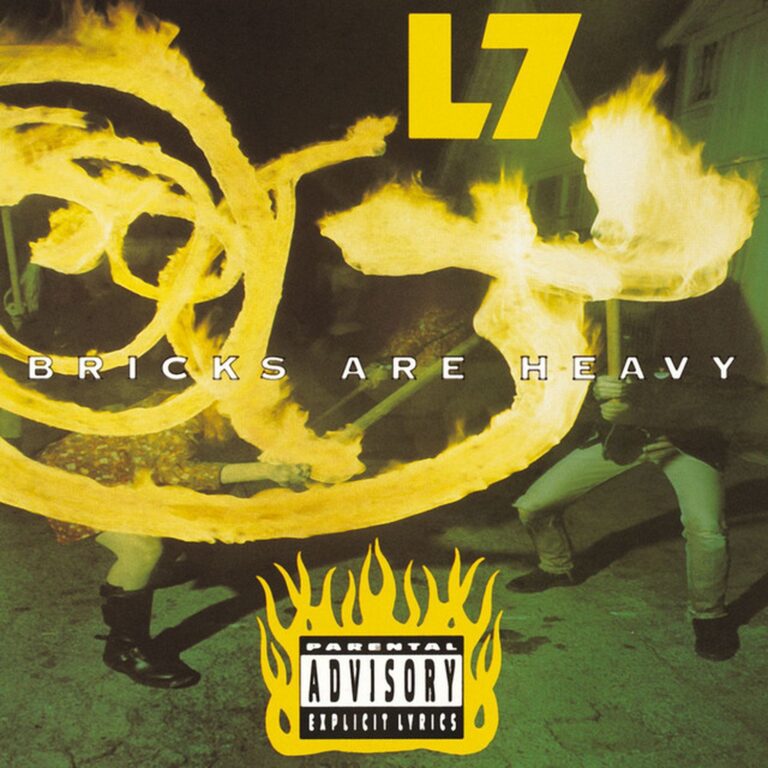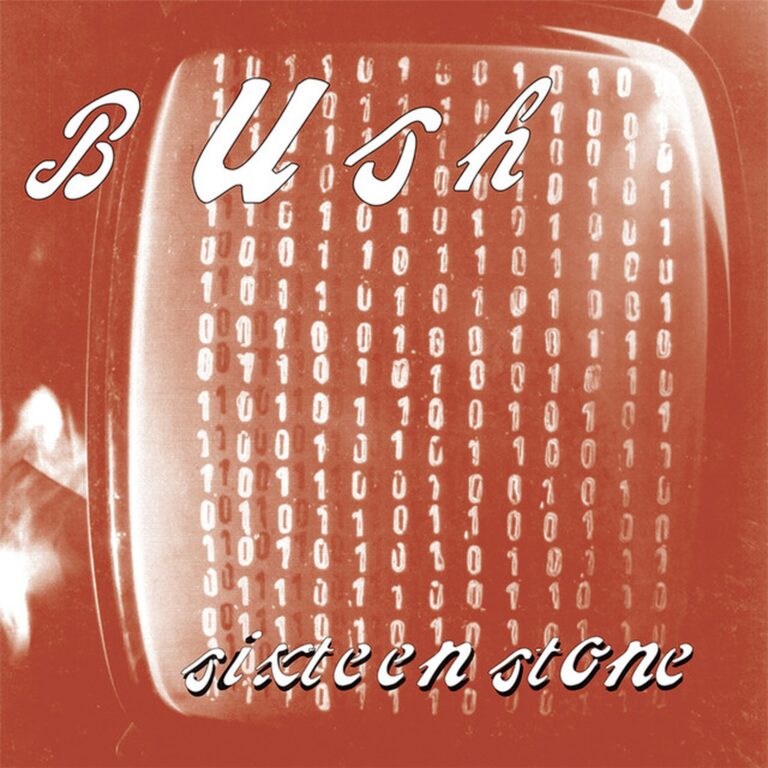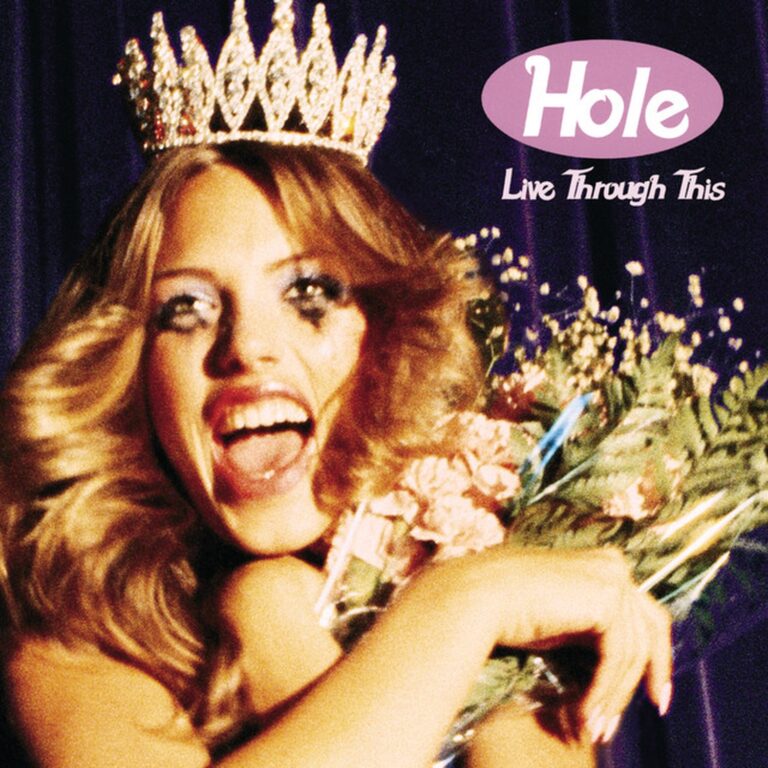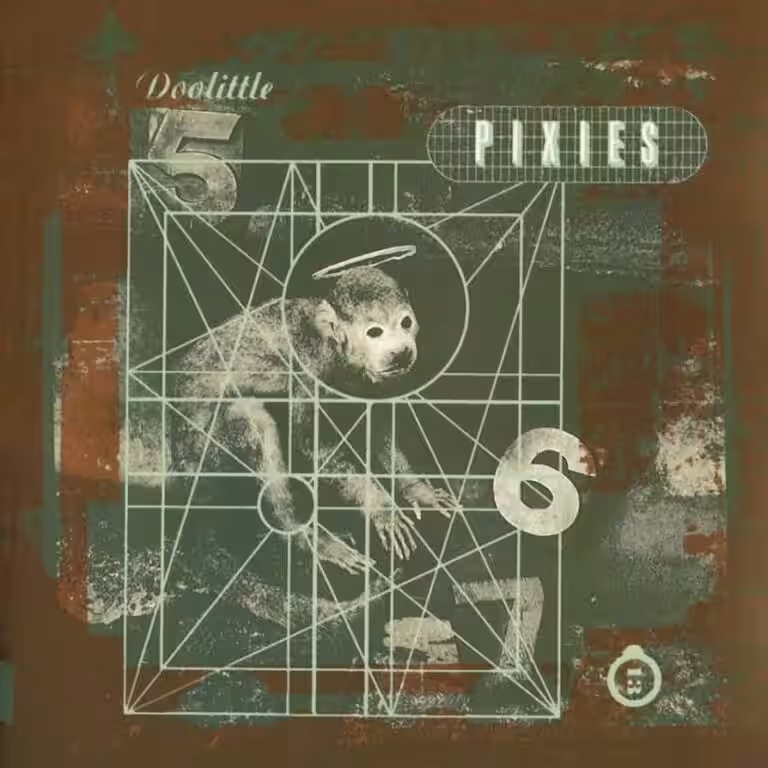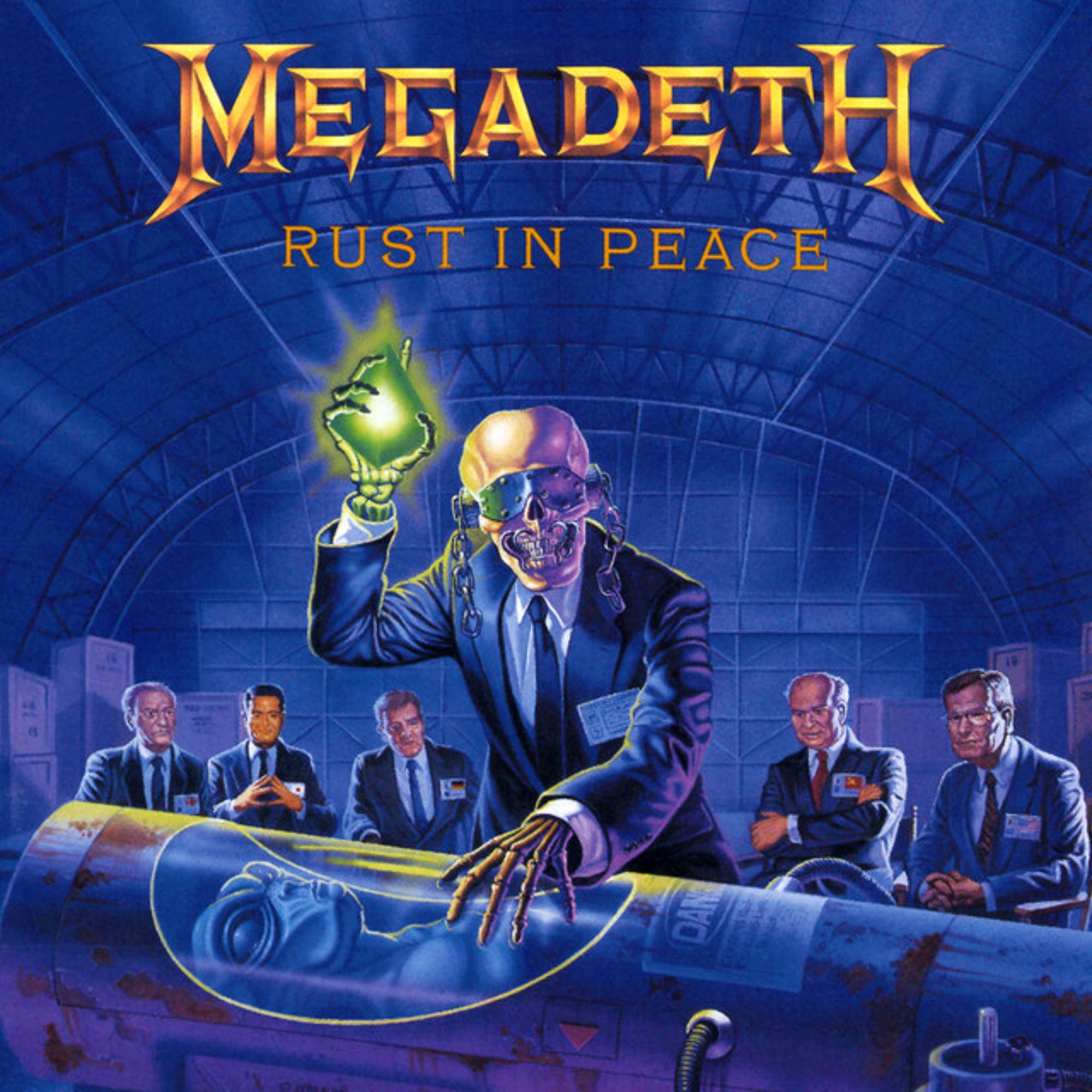
Introduction
Every so often, an album emerges that reshapes the boundaries of its genre. In 1990, Rust In Peace by Megadeth did just that. From the opening riff of “Holy Wars… The Punishment Due” to the final notes of “Rust In Peace… Polaris”, this record stands as a masterclass in technical thrash metal. With a new, revitalised line-up, the band captured lightning in a bottle—delivering not only speed and aggression, but also intricate musicianship and storytelling. Today, Rust In Peace is widely regarded as one of the greatest metal albums ever released.
This article explores every facet of Rust In Peace. I will take you through its creation, the musical landscape of 1990, and the personal battles that shaped the music. You will find in-depth analysis of each track, the recording process, commercial performance, touring stories, critical reviews, and the album’s enduring legacy. Whether you are a lifelong fan or new to Megadeth, this is your ultimate guide to one of metal’s defining moments.
| Attribute | Details |
|---|---|
| Album title | Rust In Peace |
| Release date | 24 September 1990 |
| Genre | Thrash metal |
| Total runtime | 40:44 |
| Number of tracks | 9 |
| Record label | Capitol Records |
| Recording studio | Rumbo Recorders, Canoga Park, California |
| Producer(s) | Dave Mustaine, Mike Clink |
Rust In Peace arrived at a crossroads for Megadeth and for heavy music itself. Its release not only solidified the band’s reputation but also influenced countless artists across genres. The album’s impact is still felt today. Dave Mustaine once remarked, “We had to make a record that would change everything. Rust In Peace was that record.” Marty Friedman, who joined the band for this album, recalled, “I had complete control over what I played. That’s all I ever wanted.” (Blabbermouth, 2016). In the words of Rolling Stone’s Robert Palmer, Rust In Peace “showed thrash metal’s potential without being formulaic.” These are not empty accolades—this is the sound of a band firing on all cylinders, creating something truly historic.
The Genesis of “Rust In Peace”
By the late 1980s, Megadeth stood at a crossroads. Substance abuse, internal conflict, and frequent line-up changes threatened the band’s future. The thrash metal scene was crowded, with peers like Metallica, Slayer, and Anthrax all pushing the boundaries. For Megadeth, the pressure to deliver something special was immense. The band’s previous album, So Far, So Good… So What!, had shown promise but was marred by instability and mixed reviews. As a result, Dave Mustaine and David Ellefson found themselves searching for the right combination of musicians to realise their vision.
Everything changed when Marty Friedman and Nick Menza joined the band. Their arrival marked the start of what many call Megadeth’s “classic line-up.” Friedman brought a fluid, melodic approach to lead guitar, while Menza’s drumming injected new energy and technicality. Dave Mustaine remained the driving force, writing most of the music and lyrics, but for the first time, he had a group that matched his ambition. Friedman later stated, “I had complete control over what I played on Rust In Peace. That was all I ever wanted.” (Blabbermouth, 2016). This sense of creative freedom would be vital to the album’s sound.
The album’s title was inspired by a bumper sticker Mustaine saw: “May all your nuclear weapons rust in peace.” This captured the album’s focus on war, politics, and the looming threat of nuclear disaster. The artwork, created by Ed Repka, depicted the band’s mascot Vic Rattlehead holding an alien body in a cryogenic chamber, watched by world leaders. This visual, tied to the song “Hangar 18,” set the tone for the album’s themes of conspiracy, paranoia, and apocalypse.
Here is a breakdown of the band members and their roles during the making of Rust In Peace:
| Member | Instrument(s) and Role(s) |
|---|---|
| Dave Mustaine | Lead vocals, guitars, producer, cover concept |
| David Ellefson | Bass, backing vocals |
| Marty Friedman | Guitars |
| Nick Menza | Drums, backing vocals |
| Sandra Rabin | Laugh on “Lucretia” |
Financing for Rust In Peace came from Capitol Records, but the band had to manage the budget carefully. According to various interviews, Mustaine was determined to avoid the mistakes of the past, when earlier budgets were often spent on personal excess. The focus was now on making a record that would stand the test of time. Ed Repka’s artwork cost a significant sum, but Mustaine believed it was essential to match the album’s ambitious themes. The result was an iconic cover that still draws attention decades later.
Recording Process
Recording for Rust In Peace began in 1989 at Rumbo Recorders in Canoga Park, California. The studio was chosen for its high-quality equipment and reputation for producing clear, powerful recordings. Producer Mike Clink, known for his work with Guns N’ Roses on Use Your Illusion I & II, was brought in to co-produce with Dave Mustaine. Clink’s experience with big-sounding rock albums made him an ideal fit. The engineering team included Micajah Ryan and Andy Udoff, with Max Norman handling the mix. Mastering was completed by Greg Fulginiti, ensuring the album sounded crisp and dynamic.
The sessions were not without challenges. Mustaine’s perfectionism meant that songs were often recorded multiple times to achieve the desired level of precision. According to interviews, Clink focused on capturing the best performances from the rhythm section, especially Friedman’s intricate solos and Menza’s complex drumming. Mustaine himself later claimed to have “sung” many of the solos to Friedman, a point that Friedman has disputed, stating he had full creative control over his parts (Blabbermouth, 2016). Despite these tensions, the end result was a record of exceptional technical quality.
Rumbo Recorders was equipped with state-of-the-art hardware for the time. The following table lists likely hardware and equipment used during the sessions, based on information about the studio and the band’s known gear:
| Equipment | Details/Notes |
|---|---|
| Mixing Desk | SSL 4000 Series (assumed, standard for Rumbo at the time) |
| Tape Machine | Studer A800 24-track (common for late 80s/early 90s sessions) |
| Microphones | Shure SM57 (guitars), Neumann U87 (vocals), AKG D112 (kick drum) |
| Guitar Amps | Marshall JCM800, Marshall 1960 cabs, possibly Dean and Jackson guitars with Seymour Duncan pickups |
| Bass | Ampeg SVT Classic head and 8×10 cab (assumed, based on Ellefson’s gear) |
| Drums | Yamaha Recording Custom kit, Zildjian cymbals (Nick Menza’s usual setup) |
| Effects | Boss CH-1 Chorus, MXR noise gate, Digitech HarmonyMan (for solos), Dunlop Cry Baby wah |
Mike Clink’s discography is extensive, but for Rust In Peace, his main role was as co-producer. Here is a table of albums he has produced, with his role and the artist made clear:
| Producer | Artist | Album | Year |
|---|---|---|---|
| Mike Clink (Producer) | Guns N’ Roses | Appetite for Destruction | 1987 |
| Mike Clink (Producer) | Guns N’ Roses | Use Your Illusion I | 1991 |
| Mike Clink (Producer) | Guns N’ Roses | Use Your Illusion II | 1991 |
| Mike Clink (Producer) | Megadeth | Rust In Peace | 1990 |
| Mike Clink (Producer) | Whitesnake | Slip of the Tongue | 1989 |
Commercial Performance and Reception
Rust In Peace did not just impress critics—it also achieved strong commercial results. The album peaked at number 23 on the US Billboard 200 and reached number 8 in the UK Albums Chart. In Ireland, it hit number 18, and in Germany, it climbed to number 21. The album’s success was a testament to the band’s renewed focus and the metal community’s hunger for complex, challenging music.
Below is a table of Megadeth’s studio albums, ordered by release year. Rust In Peace’s row is highlighted. Sales data is included where available, based on SoundScan figures from 1991 onwards:
| Album | Year | Sales Data |
|---|---|---|
| Killing Is My Business… And Business Is Good! | 1985 | 197,386 (original) + 46,874 (2002 re-release) |
| Peace Sells… But Who’s Buying? | 1986 | 600,095 |
| So Far, So Good… So What! | 1988 | 382,246 |
| Rust In Peace | 1990 | 767,451 |
| Countdown to Extinction | 1992 | 2,250,865 |
| Youthanasia | 1994 | 928,637 |
| Cryptic Writings | 1997 | 781,412 |
| Risk | 1999 | 318,853 |
| The World Needs A Hero | 2001 | 216,771 |
| The System Has Failed | 2004 | 149,807 |
| United Abominations | 2007 | N/A |
| Endgame | 2009 | N/A |
| Th1rt3en | 2011 | N/A |
| Super Collider | 2013 | 60,000 (2013 figure) |
| Dystopia | 2016 | 148,000 (2016 figure) |
| The Sick, The Dying… And The Dead! | 2022 | N/A |
Rust In Peace earned Platinum certification in the US (over 1 million units shipped), Gold in the UK, Canada, and Japan. The album was nominated for Best Metal Performance at the 33rd Grammy Awards and has appeared in countless “best of” lists. In 2010, MusicRadar named it the sixth greatest metal album of all time, while Kerrang! called it the standard for heavy metal in the 1990s. In 2017, Rolling Stone ranked it 19th in their 100 Greatest Metal Albums of All Time.
Other notable albums released in 1990 by similar artists include:
- Seasons in the Abyss by Slayer
- Persistence of Time by Anthrax
- Facelift by Alice in Chains
- Cowboys from Hell by Pantera
- Painkiller by Judas Priest
- Loudest Love by Soundgarden
- Empire by Queensrÿche
- Coma of Souls by Kreator
- Act III by Death Angel
- Never, Neverland by Annihilator
Rust In Peace’s awards and recognitions include:
- Platinum certification in the US (RIAA)
- Gold certification in the UK, Canada, Japan, and Argentina
- Grammy nomination for Best Metal Performance (1991)
- Ranked #1 in Kerrang!’s The 50 Best Albums From 1990
- Included in 1001 Albums You Must Hear Before You Die
- Voted 6th best metal album ever by MusicRadar (2010)
- Ranked 11th in Martin Popoff’s Top 500 Heavy Metal Albums of All Time
Elsewhere in heavy music in 1990, the landscape was shifting. The “Clash of the Titans” tour brought together Megadeth, Slayer, Anthrax, and Testament, cementing thrash’s dominance. Bands like Pantera and Alice in Chains released breakthrough albums. Meanwhile, Judas Priest returned to their heaviest sound in years with Painkiller. It was a year of transition, as glam metal faded and heavier, more complex music took centre stage.
Track Analysis
Singles from Rust In Peace include “Holy Wars… The Punishment Due” (released 23 September 1990) and “Hangar 18” (released 4 February 1991). Both were written by Dave Mustaine, with contributions from David Ellefson on “Hangar 18” and “Tornado of Souls.” These singles became live staples and received significant airplay on metal radio and MTV’s Headbangers Ball. “Holy Wars” reached number 20 on the UK Singles Chart, while “Hangar 18” peaked at number 25.
The table below lists all tracks on the album, their length, and writing credits. Singles are marked with a *.
| Track Name | Length (sec) | Writing Credit |
|---|---|---|
| Holy Wars…The Punishment Due* | 65 | Dave Mustaine |
| Hangar 18* | 58 | Dave Mustaine, David Ellefson |
| Take No Prisoners | 50 | Dave Mustaine |
| Five Magics | 47 | Dave Mustaine |
| Poison Was The Cure | 42 | Dave Mustaine |
| Lucretia | 44 | Dave Mustaine, David Ellefson |
| Tornado Of Souls | 62 | Dave Mustaine, David Ellefson |
| Dawn Patrol | 43 | David Ellefson |
| Rust In Peace…Polaris | 48 | Dave Mustaine |
Note: Tracks marked with * were released as singles. “Holy Wars… The Punishment Due” reached number 20 on the UK Singles Chart, while “Hangar 18” peaked at number 25.
Song Meaning and Lyrics
Rust In Peace’s lyrics tackle war, religion, politics, and conspiracy. The singles, in particular, are rich with meaning. “Holy Wars… The Punishment Due” is inspired by Dave Mustaine’s experience in Northern Ireland, where he inadvertently caused a riot by dedicating a song to “The Cause.” The lyrics reflect on religious violence and the cyclical nature of conflict. According to a detailed analysis, the song splits into two parts: the first addresses holy wars in general, while the second is inspired by Marvel’s The Punisher, a vigilante character. Mustaine himself explained, “It’s not about any one place or time, but about the idea of holy wars everywhere.”
Key lines include: “Brother will kill brother / Spilling blood across the land / Killing for religion / Something I don’t understand.” The song closes with the warning, “Next thing you know they’ll take my thoughts away,” a reference to the loss of free will and the dangers of ideological control (Reddit).
“Hangar 18” explores conspiracy theories about alien life and government cover-ups. The lyrics describe aliens taken from a crashed spaceship, held in Hangar 18, and later shipped to Area 51 for experimentation. The song’s structure features alternating solos between Mustaine and Friedman, mirroring the song’s sense of chaos and secrecy (Megadeth Fandom Wiki).
Writing credits for the album are clear: Dave Mustaine wrote the majority of the material, with Ellefson contributing to “Hangar 18,” “Lucretia,” and “Tornado of Souls.” Marty Friedman’s input is most obvious in his solos, which are now considered some of the best in metal history. Collaboration between the band members was more productive than on any previous Megadeth album, resulting in a record that is both cohesive and innovative.
Touring and Promotion of Rust In Peace
Promotion for Rust In Peace was relentless. Megadeth released music videos for both singles, which received regular play on MTV’s Headbangers Ball. The band embarked on a worldwide tour, playing over 100 shows across North America, Europe, and Japan. The “Clash of the Titans” tour, which featured Slayer, Anthrax, and Testament, was a highlight. In the UK, they played the legendary Hammersmith Odeon, while in the US, they appeared at the NEC Birmingham and Dallas’s Reunion Arena.
The tour included several notable performances. At the Clash of the Titans stop in Dallas, Megadeth closed the show, delivering a set that is still talked about by fans. The band also performed at the 1991 Rock in Rio festival, sharing the stage with Judas Priest. According to fan accounts, these shows were marked by technical precision and high energy. The Rust In Peace line-up quickly gained a reputation as one of the tightest live acts in metal.
During 1990, Megadeth toured with Slayer, Anthrax, Testament, Suicidal Tendencies, and Judas Priest. The Clash of the Titans tour, in particular, is remembered as a landmark in metal history, bringing together the genre’s leading lights. The band’s relentless schedule and powerful performances helped cement Rust In Peace’s legacy.
Influences and Legacy
Rust In Peace was shaped by a wide range of influences. Dave Mustaine has cited bands like Judas Priest, UFO, and Black Sabbath as key inspirations, alongside the New Wave of British Heavy Metal. The technical guitar work drew from both classical music and jazz fusion, while the lyrics were influenced by political events and comic books. The album, in turn, influenced a new generation of metal bands, including Pantera, Trivium, Arch Enemy, and Lamb of God.
The table below shows some of the main influences on Rust In Peace and artists who have been influenced by the album since its release:
| Influences on “Rust In Peace” | Artists Influenced by “Rust In Peace” |
|---|---|
| Judas Priest | Pantera |
| UFO | Trivium |
| Black Sabbath | Arch Enemy |
| New Wave of British Heavy Metal | Lamb of God |
| Classical music | Avenged Sevenfold |
| Jazz fusion | Children of Bodom |
Rust In Peace was released in 1990, a year of global change. The Berlin Wall had recently fallen, Germany was reunified, Nelson Mandela was released from prison, and the Hubble Space Telescope was launched. The Human Genome Project began, and the World Wide Web was taking shape. In music, the lines between genres were blurring, with alternative rock, grunge, and metal all evolving. Rust In Peace captured the anxiety and energy of this era, blending political commentary with technical brilliance.
Five Things About Rust In Peace
Here are five verified and interesting facts about Rust In Peace, each checked against multiple sources for accuracy:
| Fact | Details |
|---|---|
| First album with Marty Friedman and Nick Menza | Their addition created Megadeth’s “classic” line-up, bringing new technical and creative energy. |
| Album title inspired by a bumper sticker | Dave Mustaine saw a sticker reading “May all your nuclear weapons rust in peace.” |
| Ed Repka’s artwork features world leaders | The cover shows Vic Rattlehead with George H.W. Bush, Mikhail Gorbachev, and others observing an alien body. |
| “Tornado of Souls” solo is legendary | Marty Friedman’s solo is regularly cited as one of the greatest in metal history. |
| Certified Platinum in the US | Rust In Peace sold over 1 million units in the US and earned multiple Gold certifications worldwide. |
Media and Television Usage
Rust In Peace’s songs have reached far beyond the metal world, featuring in popular video games and other media. The table below lists confirmed appearances of songs from the album in games and other media:
| Song Title | Media | Year |
|---|---|---|
| Holy Wars… The Punishment Due | Guitar Hero: Warriors of Rock | 2010 |
| Hangar 18 | Guitar Hero II | 2006 |
| Tornado of Souls | Brütal Legend | 2009 |
| Entire album | Rock Band (DLC) | 2010 |
Critical Reviews and Retrospectives
Rust In Peace received widespread critical acclaim on release and in later retrospectives. Greg Kot of the Chicago Tribune called it Megadeth’s “most accomplished album,” praising the band’s technical ability and lyricism. Rolling Stone’s Robert Palmer said the album “showed thrash metal’s potential without being formulaic.” Jim Farber in Entertainment Weekly highlighted the album’s “velocity, dexterity, and nihilistic lyrics.” In a review for Sputnikmusic, Mike Stagno wrote, “Top-notch songwriting, technical musicianship, and a potent guitar duo make Rust In Peace a classic.” Tom Nordlie in Spin described it as “mature, complex, consonant, and well-produced.” Holger Stratmann in Rock Hard said, “Pure Megadeth with razor-sharp guitars and snotty vocals.”
The table below summarises notable reviews and scores, with links to the original articles where available:
| Publication | Score | Notable Quote | Link |
|---|---|---|---|
| Chicago Tribune | N/A | “Most accomplished Megadeth album, praised instrumental virtuosity and lyricism.” | Read |
| Rolling Stone | N/A | “Showed thrash metal’s potential without being formulaic.” | Read |
| Entertainment Weekly | N/A | “Praised velocity, dexterity, and nihilistic lyrics.” | Read |
| Sputnikmusic | 4.5/5 | “Top-notch songwriting, technical musicianship, potent guitar duo.” | Read |
| Spin | N/A | “Mature, complex, consonant, and well-produced.” | Read |
| Rock Hard | N/A | “Pure Megadeth with razor-sharp guitars and snotty vocals.” | Read |
After Rust In Peace
Following Rust In Peace, Megadeth continued their upward trajectory. The next album, Countdown to Extinction, achieved double platinum status and brought the band mainstream success. Line-up changes were frequent in the years that followed, but Dave Mustaine remained the driving force. Marty Friedman left in 1999, Nick Menza departed in 1998, and Ellefson had two stints with the band, most recently leaving in 2021. As of April 2025, Megadeth is still active, with Mustaine, James LoMenzo, Teemu Mäntysaari, and Dirk Verbeuren making up the current line-up. Their latest album, The Sick, The Dying… And The Dead!, was released in 2022, and the band continues to tour and record new material.
Remasters and Reissues
There is no specific information available in the current data set regarding official remasters or reissues of Rust In Peace beyond the well-known 2004 remix and remaster overseen by Dave Mustaine. This version featured remixed audio, four bonus tracks, and new liner notes. The remaster aimed to modernise the sound, but opinions among fans remain divided, with some preferring the original mix for its rawness and authenticity.
Conclusion
Rust In Peace remains a landmark album, not only for Megadeth but for metal as a whole. Its technical mastery, bold themes, and relentless energy continue to inspire musicians and fans worldwide. Over thirty years after its release, it is still celebrated in live performances, ranked in best-of lists, and studied by aspiring guitarists. The band’s commitment to pushing boundaries and overcoming adversity is a lesson in resilience. As the world changes, Rust In Peace stands as a reminder of what can be achieved when creativity, discipline, and vision come together. Megadeth’s journey continues, and their legacy is secure.
Further Reading
For more on Megadeth and the world of metal, check out our related articles and podcasts:
- Exploring Countdown to Extinction: Megadeth’s Defining Album (blog article)
- Youthanasia: Megadeth’s Pivotal Heavy Metal Shift (blog article)
- Inside Megadeth’s ‘So Far, So Good…So What!’ (blog article)
- Unveiling Megadeth’s Peace Sells: A Thrash Metal Revolution (blog article)
- The Genesis of Megadeth’s ‘Killing Is My Business’ (blog article)
- The Making of Cryptic Writings – Megadeth’s 1997 Evolution (blog article)
- The System Has Failed: Megadeth’s Triumphant Return (blog article)
- Megadeth artist page on Riffology
- Wikipedia page for Rust In Peace
- Official Megadeth website
- Capitol Records website
Let us know in the comments what your thoughts are on Rust In Peace by Megadeth. Did we miss anything? Share your experiences and join the conversation!
